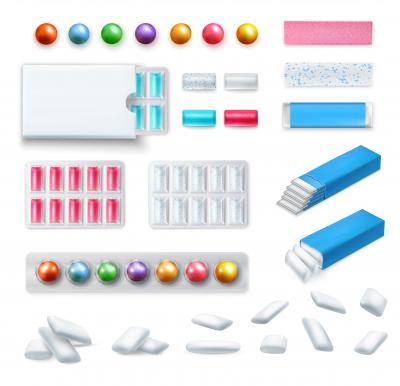
Description:
Oral sensory problems arise due to how the muscles in the mouth function. These problems have to do with the act of eating and the way in which mouth tissues perceive sensory information of the foods that are being consumed. Some of the ways in which oral sensory problems can be seen is through: slow and inefficient chewing, gagging, vomiting, weakness in cheeks, strong reactions to certain foods and textures and coughing or choking.
Purpose
Oral sensory activities are important for learners with oral sensory problems because they can help decrease existing harmful coping mechanisms. It is also important to practice such activities to ensure that oral sensory problems slowly decrease.












